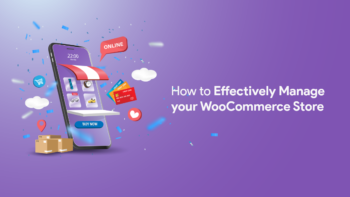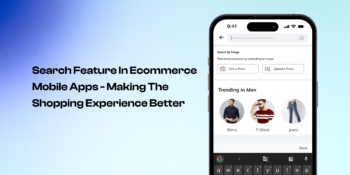Irrespective of the size of a business or industry, customer segmentation can be done by businesses. It helps them make informed decisions.
Let’s explore more in to the topic and get started with the basics.
What is customer segmentation?
Customer segmentation is the process of grouping customers into clusters based on common attributes. This helps organizations to address the marketing efforts needed for each segment more effectively.
In other words, it is the process by which the customers of a business are divided into groups based on their common characteristics, such as size, channel, or digital maturity. This makes it simple to prioritize customer demands in online commerce by selecting online remedies to tackle the pain points of the particular group.
Customer segmentation for business growth
Studying your customers closely and their unique characteristics helps you create more tailor-made experiences mainly on your website, marketing, pricing, customer service, and other areas where the customer interacts with you.
- Having a clear idea of the customers’ requirements and demands will help you adapt your business by delivering the most suitable solution for their individual needs. The result will be increased satisfaction and better performance against competitors.
- Moreover, customer segmentation lets you come up with focused marketing communication that is tailor-made to each of the best segments, resulting in creating higher quality inbound interest in your business.
- By spending less time on less lucrative opportunities and more on your most successful segments, pursue higher percentage opportunities. In the same way, focusing on better ones will increase your margins and promote the stability of your customer base.
- Finally, it also helps you derive more optimal decisions when it comes to the following:
- Themes and personalization
- Pricing
- Content strategies
- Products and service improvements
- Promotions and discount programs
- Notifications
Get started with customer segmentation
The main customer segmentation models that should form the focus of any marketing plan:
Demographic segmentation
Demographic segmentation looks at identifiable non-character traits such as:
- Age
- Gender
- Ethnicity
- Income
- Level of education
- Religion
- Profession/role in a company
Additionally, this helps you ensure that relevant messages reach the customers and the customers see messages that are more relevant to them.
Psychographic segmentation
Psychographic segmentation is based on the customers’ personas and interests. This grouping allows you to formulate effective marketing which interacts with the customer at a more personal level. This is based on:
- Personality traits
- Hobbies
- Life goals
- Values
- Beliefs
- Lifestyles
Geographic segmentation
By comparison, geographic segmentation is often one of the easiest to identify, grouping customers with regards to their physical location. This can be defined in any number of ways:
- Country
- Region
- City
- Postal code
Behavioral segmentation
Behavioral segmentation is based on the online behavioral pattern of the customer and the data can be collected from your website itself. Here, the following factors are taken in to consideration:
- Spending habits
- Purchasing habits
- Browsing habits
- Interactions with the brand
- Loyalty to brand
- Previous product ratings
Technographic segmentation
Technographic segmentation identifies and groups customers with regards to the role technology plays in their lives. Also, this might mean recognizing groups of early adopters when marketing new technologies.
Generational and life-stage segmentation
Identifying customers by generation is based on distinct approaches depending on age. However, life stage segmentation is based on divorcing life experience from age itself. On the other hand, it categorizes customers by factors including marital status, home-ownership, and whether or not they have children, etc.
Transactional segmentation
Technographic segmentation identifies and groups customers with regard to the role technology plays in their lives. This might mean recognizing groups of early adopters when marketing new technologies.
Firmographic Segmentation
Firmographic segmentation mainly involves analyzing and categorizing B2B customers based on shared company or organization characteristics. This segmentation strategy lets the B2B organizations comprehend their audience and focus on their marketing campaigns better.
Conclusion
To conclude, customer segmentation helps you gauge the customer needs and market your solutions directly to them, with minimal effort and no wasted messaging. It also ensures that your customers feel that your products and services exactly want they want as the perfect solution to their problem.
Read about How to Create and Segment Audiences on Google Firebase here.










No Comments
Leave a comment Cancel